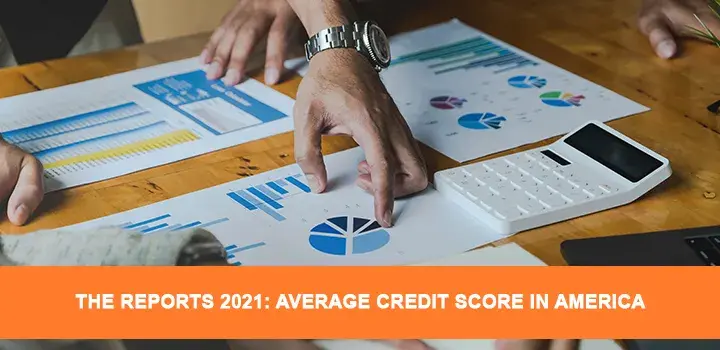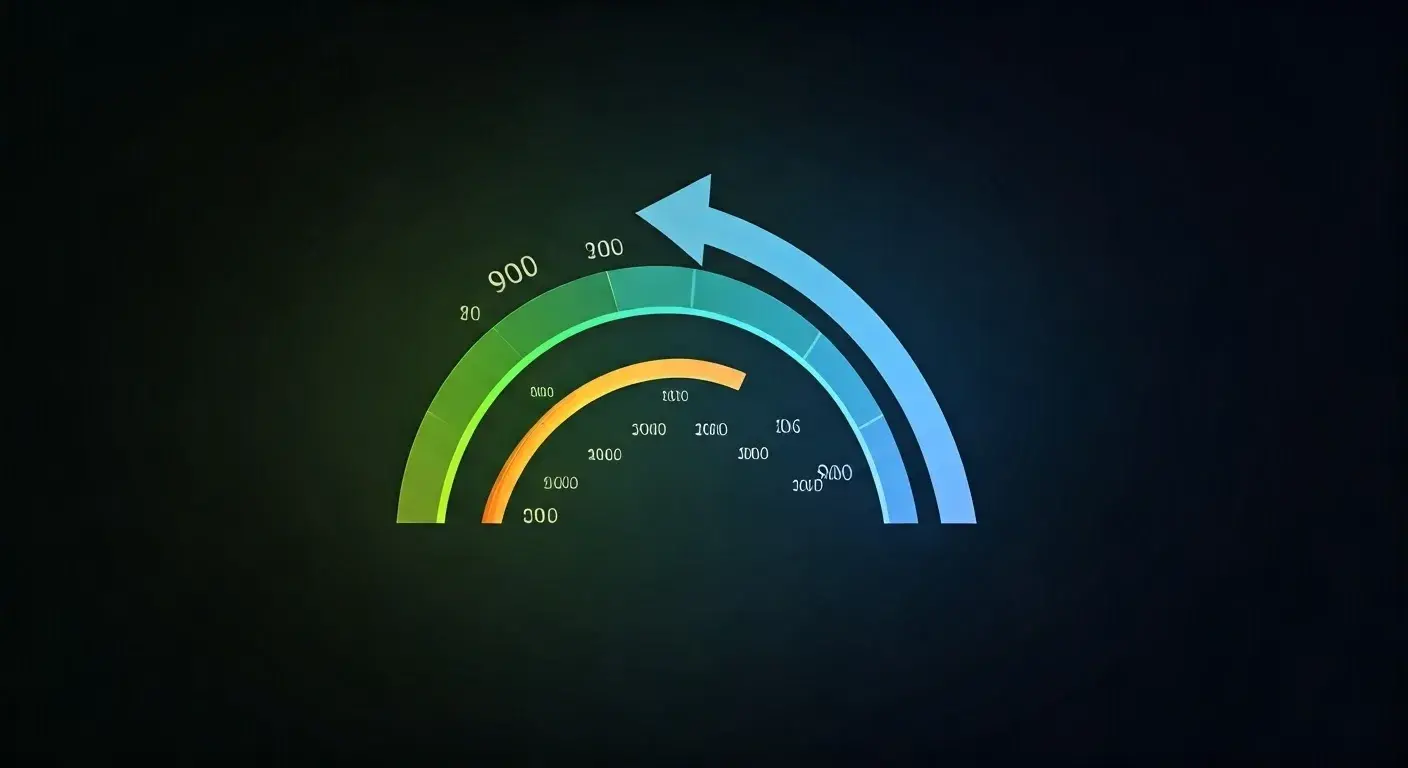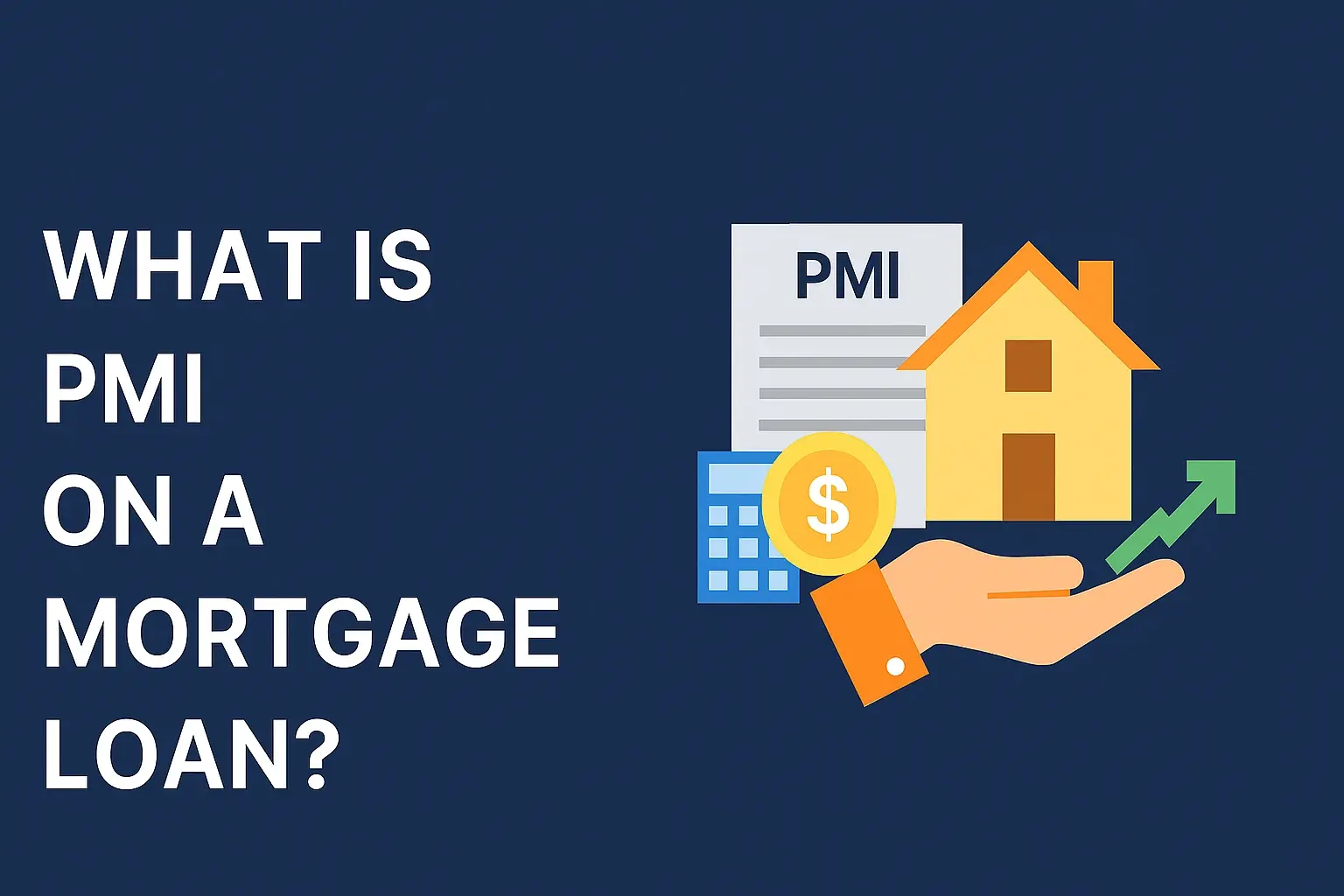-
Posted on: 21 Dec 2022

-
A comprehensive guide to understanding the average credit score in the United States during 2021 and what it means for your financial future.
Introduction: Why Your Credit Score Matters
Your credit score is a three-digit number that plays a vital role in your financial life. It's a snapshot of your creditworthiness, representing your ability to repay debts. Lenders, landlords, and even some employers use this score to assess risk and make decisions. In 2021, understanding the average credit score in America provided valuable context for individuals striving to improve their financial standing. This article delves into the details of the average credit score, factors that influence it, and strategies to enhance your credit profile.
A good credit score can unlock lower interest rates on loans and credit cards, making it easier to purchase a home, car, or other significant investments. Conversely, a poor credit score can lead to higher interest rates or even denial of credit, making it challenging to achieve your financial goals. Understanding where you stand relative to the national average empowers you to take control of your credit and make informed financial decisions.
The Average Credit Score in America: A 2021 Snapshot
In 2021, the average FICO score in the United States hovered around 711, generally considered a "good" credit score. However, averages can be misleading. It's important to understand the distribution of credit scores across the population and the various factors that contribute to individual scores.
It's crucial to remember that the average score is just a benchmark. Your individual score may be higher or lower depending on your specific credit history and financial habits. While the average FICO score was 711, different age groups, geographic locations, and socioeconomic backgrounds experienced varying averages.
Understanding Credit Score Ranges
Credit scores are typically categorized into ranges, each representing a different level of creditworthiness. Here's a breakdown of the common FICO score ranges and their implications:
- Exceptional (800-850): This range signifies excellent credit management. Individuals with scores in this range often qualify for the lowest interest rates and best loan terms.
- Very Good (740-799): A very good score indicates a solid credit history and responsible borrowing habits. Lenders view these borrowers as low-risk.
- Good (670-739): A good credit score is around the national average and generally allows access to credit, though interest rates may be slightly higher.
- Fair (580-669): This range suggests some credit challenges or a limited credit history. Obtaining credit can be more difficult, and interest rates will likely be higher.
- Poor (300-579): A poor credit score indicates significant credit problems and makes it very difficult to obtain credit. Individuals in this range may need to focus on rebuilding their credit.
Understanding these ranges helps you assess your own credit standing and set realistic goals for improvement. If your score falls below the "good" range, it's important to take steps to address the underlying issues and rebuild your credit.
Factors Influencing Your Credit Score
Several factors contribute to your credit score. Understanding these factors is key to managing and improving your creditworthiness. The two main credit scoring models, FICO and VantageScore, weigh these factors differently, but the core elements remain consistent.
Key Credit Score Factors:
- Payment History (35%): This is the most crucial factor. Paying your bills on time, every time, is essential. Late payments, missed payments, and bankruptcies can significantly damage your credit score.
- Amounts Owed (30%): Also known as credit utilization, this refers to the amount of credit you're using compared to your total available credit. Keeping your credit utilization low (ideally below 30%) is crucial. Maxing out credit cards can negatively impact your score.
- Length of Credit History (15%): A longer credit history generally indicates a more stable borrower. The age of your oldest credit account, the age of your newest account, and the average age of all your accounts are considered.
- Credit Mix (10%): Having a mix of different types of credit accounts (e.g., credit cards, installment loans, mortgages) can demonstrate responsible credit management. However, opening multiple accounts solely to improve your credit mix is generally not recommended.
- New Credit (10%): Opening multiple new credit accounts in a short period can lower your credit score, as it may indicate higher risk. Hard inquiries on your credit report from applying for new credit can also have a minor negative impact.
Focus on these five factors to build a solid credit foundation. Consistent on-time payments and responsible credit utilization are the cornerstones of a healthy credit score.
Strategies to Improve Your Credit Score
Improving your credit score takes time and discipline, but it's achievable with consistent effort. Here are some proven strategies to help you build a better credit profile:
Practical Steps to Boost Your Credit Score:
- Pay Bills On Time: Set up automatic payments or reminders to ensure you never miss a due date. Even one late payment can negatively impact your score.
- Keep Credit Utilization Low: Aim to use no more than 30% of your available credit on each card. If possible, pay down your balances even further.
- Become an Authorized User: Ask a trusted friend or family member with a good credit history to add you as an authorized user on their credit card. This can help you build credit without opening a new account.
- Monitor Your Credit Report: Regularly review your credit reports from all three major credit bureaus (Equifax, Experian, and TransUnion) for errors or inaccuracies. Dispute any errors promptly. You can obtain a free copy of your credit report from AnnualCreditReport.com.
- Avoid Opening Too Many New Accounts: Limit the number of new credit accounts you open, especially in a short period. Each application can result in a hard inquiry on your credit report.
- Consider a Secured Credit Card: If you have limited or poor credit, a secured credit card can be a good way to rebuild your credit. You'll need to provide a security deposit, which typically serves as your credit limit.
Remember that improving your credit score is a marathon, not a sprint. Stay consistent with these strategies, and you'll gradually see positive results. Avoid quick-fix solutions or credit repair scams that promise unrealistic outcomes.
Understanding Different Credit Scoring Models: FICO vs. VantageScore
While both FICO and VantageScore are used to assess credit risk, they differ in their methodologies and the specific data they analyze. FICO is the older and more widely used model, particularly by lenders. VantageScore, developed by the three major credit bureaus, aims to provide a more comprehensive view of creditworthiness, especially for individuals with limited credit history.
Key Differences:
- Credit History Requirements: FICO typically requires at least six months of credit history and at least one account reported to the credit bureaus in the past six months. VantageScore is more lenient, sometimes scoring consumers with as little as one month of credit history and one account.
- Scoring Ranges: Both FICO and VantageScore use a range of 300 to 850, but the interpretation of specific score ranges may vary slightly.
- Weighting of Factors: While both models consider the same core factors, they assign different weights to each. For example, FICO places a greater emphasis on payment history, while VantageScore gives more weight to credit utilization.
- New Accounts: VantageScore is generally less sensitive to the impact of new credit accounts than FICO.
It's important to be aware of both FICO and VantageScore, as different lenders may use different models. Monitoring your credit scores from both perspectives can provide a more complete understanding of your creditworthiness.
The Impact of the COVID-19 Pandemic on Credit Scores in 2021
The COVID-19 pandemic significantly impacted the economy and individual financial situations. Government stimulus measures and lender forbearance programs helped many consumers avoid negative credit events, such as late payments and defaults. As a result, the average credit score in the US actually increased during certain periods of 2020 and 2021.
However, the pandemic also highlighted existing inequalities in credit access and financial stability. Lower-income individuals and communities of color were disproportionately affected by job losses and financial hardship, which may have negatively impacted their credit scores. While overall averages may have shown improvement, it's important to recognize that the pandemic created a diverse range of credit outcomes.
Looking ahead, it's crucial for individuals who experienced financial difficulties during the pandemic to proactively manage their credit and take steps to rebuild their scores if necessary. Resources are available to help consumers navigate debt management, credit counseling, and other financial challenges.










